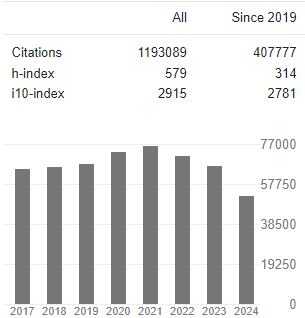Idiopathic Bullous Pyoderma Gangrenosum in a 12-Year-Old Native American Male: A Case Report and Literature Review
Abstract
Hunter A. O�??Connor, Amber Veldman and Carl S. Galloway
Background: Pyoderma gangrenosum (PG) is a rare autoinflammatory skin disorder that presents with extremely painful ulcer- ative skin lesions. Bullous PG is a rare subtype, characterized by formation of large hemorrhagic bullae. The bullous subtype is especially uncommon in children. We present here a case of bullous PG in a young Native American male.
Case Presentation: A 12-year-old previously healthy Native American male initially developed several pustules on his back and axilla. Over the following three days, the lesions expanded into large hemorrhagic bullae. Suspecting an infectious etiology, he was initially treated with oral and topical antibiotics. The lesions continued to grow in size and number, and some developed into deep ulcerations. Antibiotic coverage was broadened, and he was admitted to a local hospital. The lesions progressed to include all four extremities, the torso, and deep ulcerations of the bilateral axillae. He was transferred to a higher-level facility for further workup. The diagnosis of bullous pyoderma gangrenosum was then made based on histologic findings of neutrophilic infiltration of the dermis and negative workup for other conditions. He was initially treated with systemic corticosteroids with immediate improvement. He continued to experience extreme pain, necessitating PICU admission for sedation during dressing changes. After three weeks, the lesions had healed significantly. He was given an infusion of Infliximab and discharged home. Two months after discharge, healing was nearly complete, and he was again infused with Infliximab. 4.5 months after discharge, his lesions had completely healed, albeit with significant scarring.
Conclusions: To our knowledge, less than 10 cases of pediatric bullous pyoderma gangrenosum have been reported. Addition- ally, we are not aware of any other reported cases of bullous PG occurring in a Native American child. PG is often associated with systemic diseases such as inflammatory bowel disease, and hematologic malignancy but no underlying systemic condition was ever found in the current case. As shown in this case, PG is often mistaken for infection, which can delay diagnosis and increase long term morbidity.





